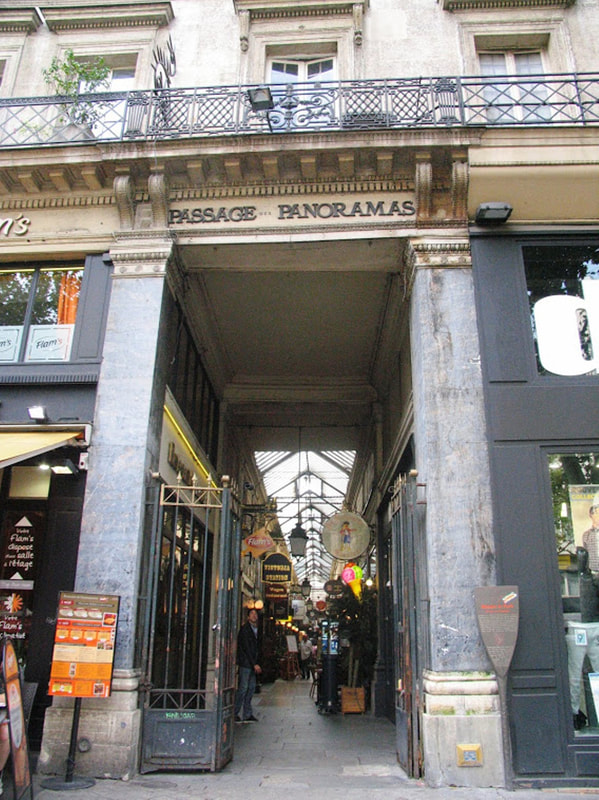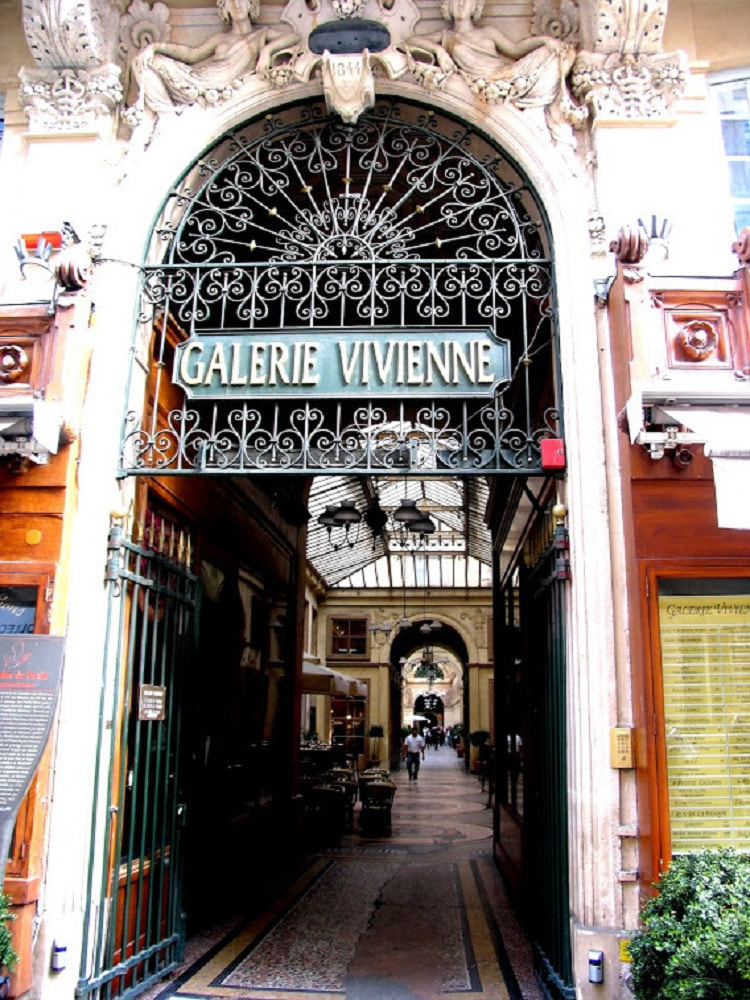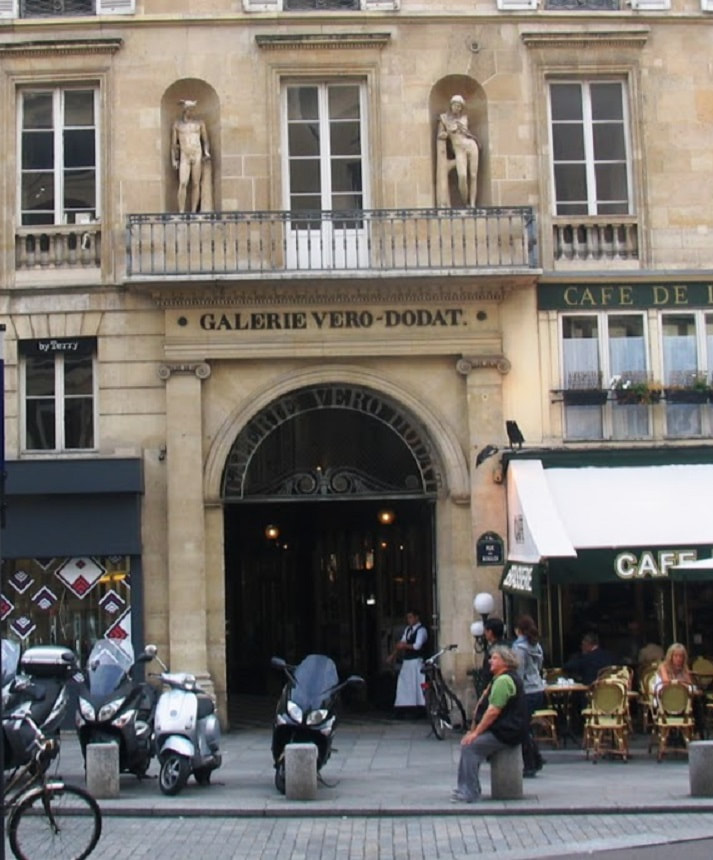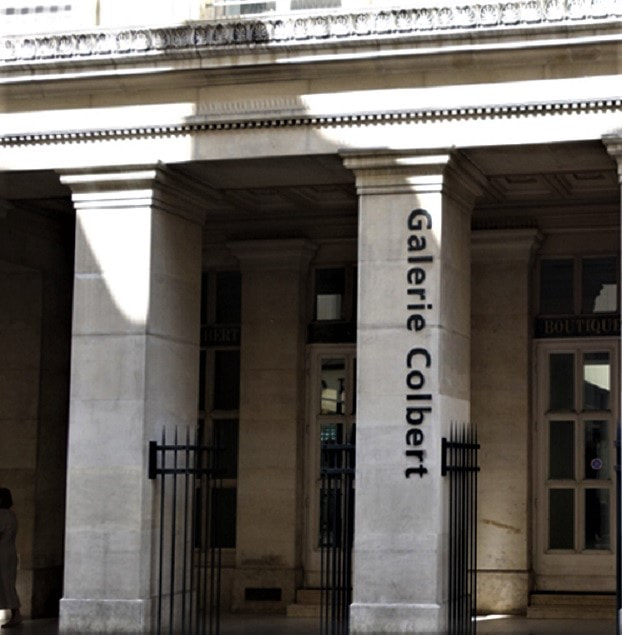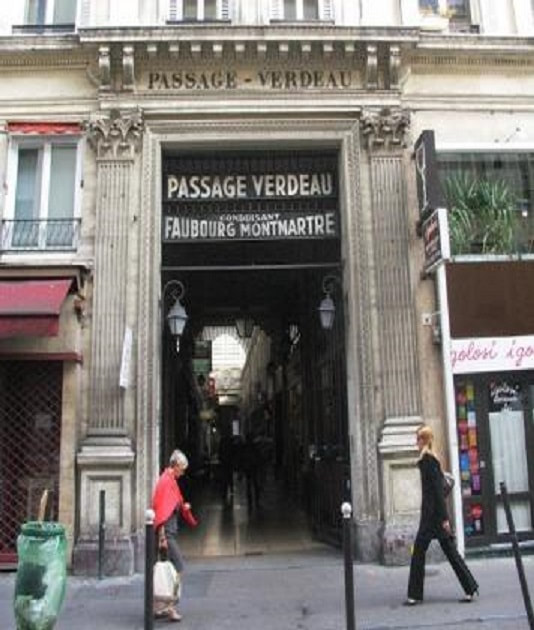Covered Passages of Paris
Les passages couverts et galeries de Paris
|
The covered passages of Paris are historic and charming pedestrian walkways with glass roofs and ironwork that date back to the 19th century. These passages, also known as "passages couverts" in French, were a precursor to the modern shopping mall and provided covered spaces for people to shop, dine, and socialize away from the elements. While many have disappeared over the years, some still exist, offering visitors a glimpse into Paris's past.
Summary of some of the most notable covered passages in Paris:
|
|
